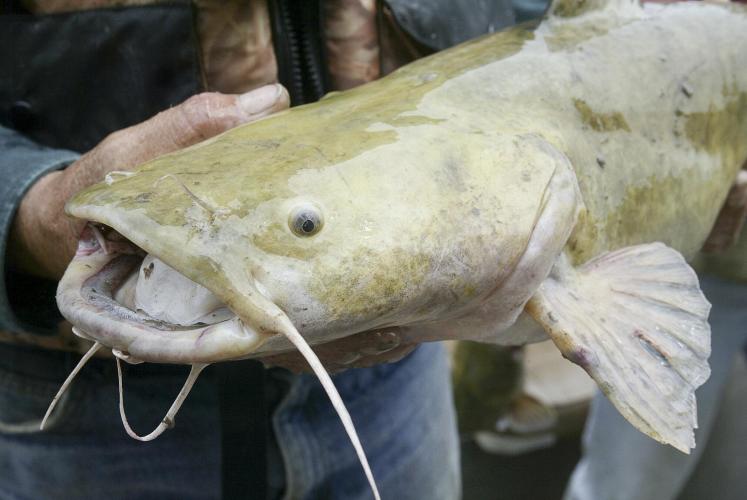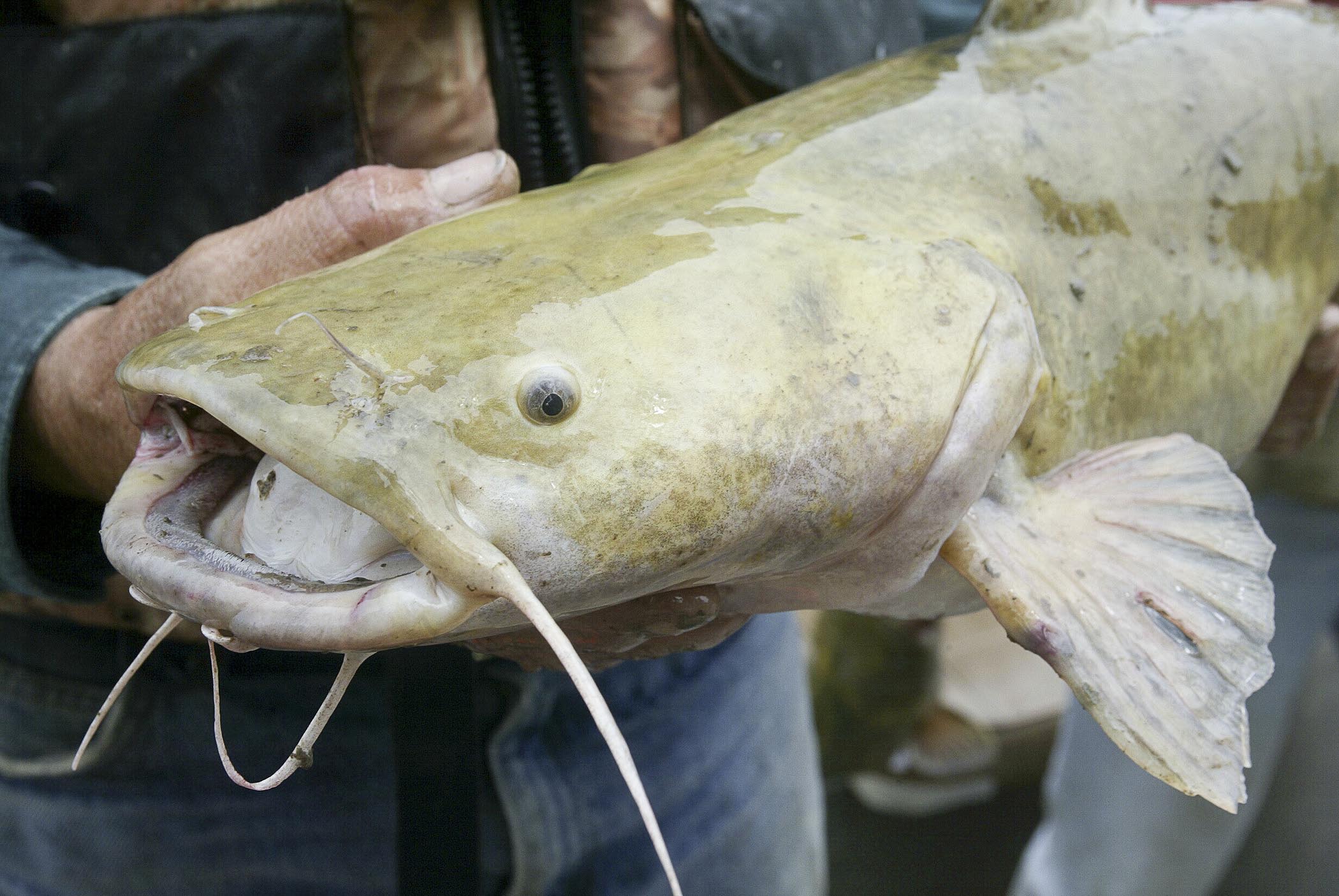
Xplor reconnects kids to nature and helps them find adventure in their own backyard. Free to residents of Missouri.


































Stay in Touch with MDC news, newsletters, events, and manage your subscription

Xplor reconnects kids to nature and helps them find adventure in their own backyard. Free to residents of Missouri.

A monthly publication about conservation in Missouri. Started in 1938, the printed magazine is free to residents of Missouri.


KANSAS CITY Mo -- Sometimes big fish swim in seemingly small waters, such as the streams flowing through the rolling hills of northwest Missouri. It’s not always obvious looking down on brownish rivers such as the Platte, Nodaway, Grand and One Hundred and Two, but huge flathead, blue and channel catfish lurk in their riverbed’s deep holes.
Those anglers willing to do some paddling can enjoy a solitary experience and the chance to catch a trophy catfish, said Tory Mason, a Missouri Department of Cconservation (MDC) fisheries biologist who also fishes as a hobby.
“I’ve almost always caught fish just using rod and reel on canoe trips,” Mason said. “I’ve never run into any other people when I’m out floating on these rivers.”
As a biologist conducting catfish population surveys on rivers, he’s also encountered some behemoths such as a blue catfish in the lower Nodaway River that he estimates topped 80 pounds. Catfish often enter streams in the state’s northwest region from the Missouri River and swim upstream into the current. Perhaps that fish was one.
Sometimes very large catfish are caught far from the Missouri River in the upper reaches of streams that once drained prairies and now flow through farm land.
Josh Hendrix of Bolckow caught a mammoth flathead catfish in June on a trotline baited with chub minnows on the One Hundred and Two River in Andrew County. It was far too big for his scale’s top weight of 50 pounds, and he estimated the weight at 75 pounds.
“I could barely lift it,” Hendrix said.
But catching big catfish in prairie rivers usually requires some angler effort to reach the more remote segments of streams, said Conservation Agent Michele Holland, who is based in Andrew County. The fish congregate in deep holes scoured by currents, and float fishing from johnboats or canoes is the best way to reach those spots. Getting boats up and down steep banks, even where public access is available, can be tricky.
“It can be a workout,” Holland said.
MDC offers public access to rivers at conservation areas but boat ramps for launching large craft may not be available at generally shallow, upland streams. For instance, the Happy Holler Conservation Area north of Savannah offers bank access to the One Hundred and Two River but no boat ramps. Some rivers that are deeper in their lower reaches, such as the Platte River, do have boat ramps. But anglers should be aware that flooding can sometimes temporarily cover those ramps with mud and silt.
Anglers can search for accesses on the MDC website at www.missouriconservation.org. Scroll down and on the right is a “Regs and Areas” box with options. Select “Conservation Areas.” Then select the county where you plan to fish and click “Find.” A list of conservation areas and river accesses will appear. Select the area to see what type of access is available.
Once on the river, finding fish can be pretty simple, Mason said.
“Your paddle will hit bottom for half the float,” he said. “Then you’ll come to a spot where you can’t hit bottom. That’s where the fish are. You can eliminate a lot of fishless water that way.”
June and July are prime months for catching catfish in prairie streams. But August into autumn can be productive, too, because cooler weather and rains that cause a rise in water flow trigger fish to feed more actively.
Mason likes to fish with dip or stink baits in late summer.
Autumn also brings on fall color and smaller streams often wind through scenic areas, Holland said, including the segment of the One Hundred and Two River that passes through the Happy Holler Conservation Area.
“It can be a pretty float,” she said. “We usually don’t run into anyone else on the water, even on a Saturday."